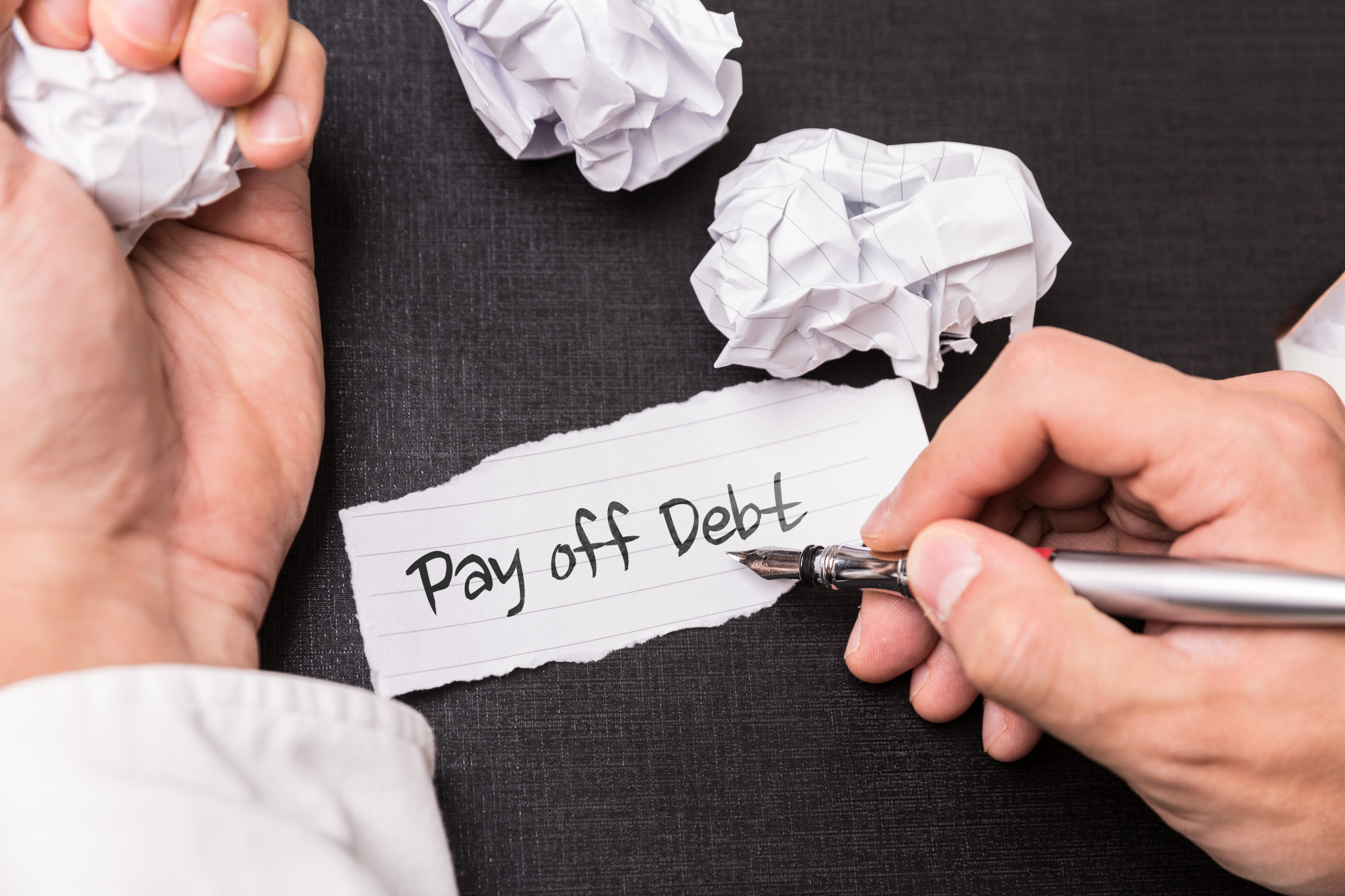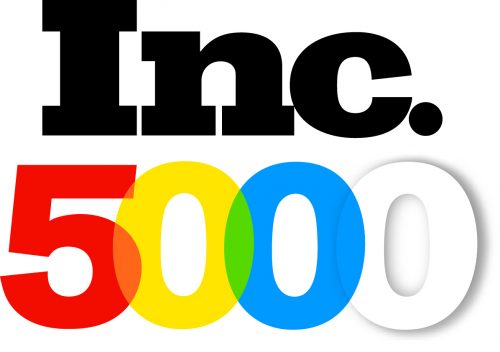With sky-high interest rates and substantial late fees, getting out of credit debt can feel like doggy-paddling in a sea of quicksand.
Are you in over your head? If so, there are many different kinds of debt relief programs designed to help you get on top of your debt and tackle it for good.
One of those is the National Debt Relief Program.
One of the largest and well-known programs of its kind, this is a route that many people consider taking, especially if they don’t know of any other reputable options.
Not sure what it entails? Curious about its advantages and drawbacks? Today, we’re taking a closer look at how the National Debt Relief Program works, sharing the pros, cons and every detail in between!
What Is The National Debt Relief Program?
In short, National Debt Relief is a debt restructuring company.
Representatives from the program are trained to work with your creditors on your behalf to lower your overall debt amounts. While this claim can sound ideal, let’s take a closer look at the fine print.
Pro: Easy To Join
Forget lengthy meetings and tomes of jargon-filled paperwork. The National Debt Relief Program is easy to join over the phone in a quick conversation.
Pro: No Upfront Fees
Unlike many debt restructuring companies, one of the main benefits of working with the National Debt Relief Program is that you won’t pay any up-front fees to join.
In addition, there are no sign-up costs, and you can even request a free initial consultation to discuss your debts and see if the program is right for you.
Pro: Soft Credit Pull Doesn’t Hurt Score
As part of your application, program representatives will check your creditworthiness. To do so, they’ll perform a soft credit pull to confirm your creditors and the amounts due on each debt.
While some credit checks can cause your score to instantly lower, a soft credit pull will not.
Pro: Solid Reputation
In an industry filled with scammers out to make a quick buck, it’s refreshing to see that the National Debt Relief Program is one of the more solid options.
The company is accredited by the Better Business Bureau (BBB) and has an A+ rating. Moreover, client reviews are generally positive, earning them four out of five stars. In all, there have been fewer than 200 complaints issued with the BBB in the past three years.
Con: High Client Fees
In 2010, the Federal Trade Commission (FTC) made it illegal for these companies to charge up-front fees.
However, while you won’t pay any fees in the beginning, the service isn’t entirely free. In fact, it’s far from it. The typical client normally pays a fee of between 15 percent and 25 percent of the total debt that he or she enrolls in the program.
The exact fee you’ll pay depends on two things:
- How much debt you have
- The state you live in
Depending on where you live, you might not qualify to enroll in this program at all. Due to different state regulations, enrollment is not allowed in:
- Georgia
- Connecticut
- Kansas
- New Hampshire
- Maine
- Oregon
- Vermont
- South Carolina
- West Virginia
Con: Not All-Inclusive
There are many types of unsecured debt that the National Debt Relief Program can help settle. These include:
- Personal loans
- Credit cards
- Lines of credit
- Business debts
- Medical bills
- Private student loan debts
To qualify for any of the above, your debt must be between $7,500 and $100,000. However, it isn’t set up to cover all of your debts. Certain kinds of debts that the program excludes include:
- IRS debt
- Debts from lawsuits
- Back taxes
- Utility bills
- Federal student loans
Con: Short-Term Financial Setbacks
When teaming with a legitimate company, the long-term benefits can be worth it. However, you’ll almost always experience a short-term setback to your finances when you go this route.
Why? When you enroll with National, you’ll open a separate savings account in your name. Then, instead of paying your individual creditors every month, you’ll make a single monthly payment to that account.
Until National can reach an agreement with your creditors, that means going temporarily delinquent on those accounts. While they’re working out the details, you’ll acquire late fees and extra interest, and your credit score will plummet.
Once National works out a deal with your creditors, you’ll pay them once a month from your new savings account. In most cases, this takes between three and six months to happen.
Of course, all of this is assuming that your creditors even agree to the terms. Many refuse to work with these types of companies altogether.
Cons: Can Take Years
Working with National is far from a quick fix. If you have minimal debt, it’s often easier and quicker to choose debt consolidation over debt restructuring.
One of the reasons why? The latter can take two to four years to complete. Consider if you can realistically save enough money for this entire duration to pay off your debts.
While National claims that participants who complete the program can see overall savings of up to 30 percent, the caveat is that you have to stick with the program for all that time to recognize those savings.
Reputable Debt Relief You Can Count On
We understand that you have many different options when it comes to relieving your debt and reclaiming your financial footing.
While the National Debt Relief Program has its advantages, it’s wise to think twice before partnering with any company that charges soaring user fees and negatively impacts your credit score, all while you’re trying to save money and improve your credit standing.
Looking for a better alternative? You’ve come to the right place.
At Debthunch, we help you find debt consolidation companies matched to your specific needs. Tell us a little about yourself on this form, and you can start comparing rates and features today!
This puts the power back in your hands, allowing you to make the smartest decision for your financial future. Let’s connect and take the first step together!




